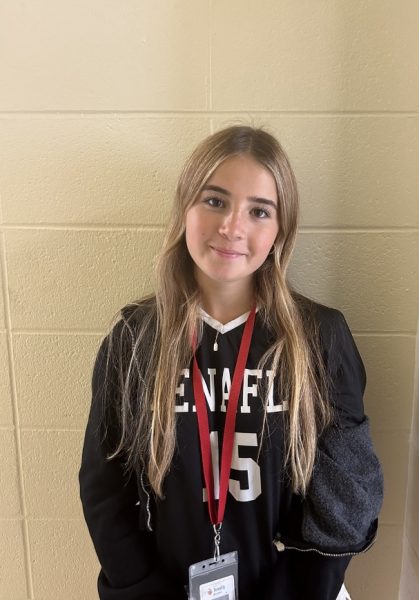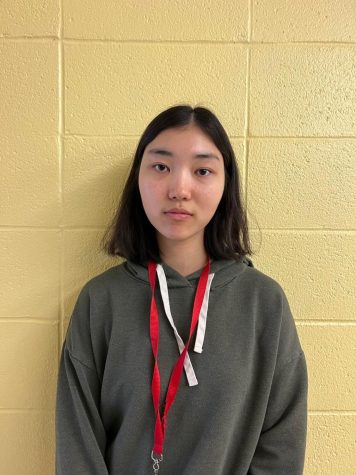THS bustles with activity each day, from festive school-wide events to collaborative fundraisers, many of which are orchestrated by student-run clubs and organizations. Behind the scenes, however, is a dedicated group entrusted with the responsibilities of club approval, funding, and oversight. This collective committee, nominated by the student body each year, is known best as the S.O., or the Tenafly Student Organization.
The S.O., composed of six student officers, operates under the guidance of Mr. Hubbard, the engineering elective teacher. The 2023-2024 officers include Zachary Shammash (’24), the S.O. president; Chloe Lee (’24), the vice president; Juhee (Grace) Kim (’25), the secretary; Jordan Yanowitz (’25), the treasurer; Ayla Uram (’24) and Lucia Martinez-Pelaez (’25), the Board of Education Representatives. Ultimately, each of the officers brings a diverse set of skills and enthusiasm to his or her respective role.
“I’ve been running the S.O. for about two and a half years,” Hubbard said. “In the best-case scenario, I would do as little management as possible. The vice president, the president, and some of the other cabinet members—they’re running the meetings.” Hubbard’s emphasis on student leadership allows for an open, engaging atmosphere at meetings, as students are the ones pitching ideas, leading committees, and voting on decisions.
Hubbard greatly stresses the importance of the roles of each S.O. officer. “The president and vice president—their roles are mostly to run the meetings and to make sure that all the cabinet and the S.O. Representatives are doing their jobs right,” Hubbard said. “They [check] in on some of the committees, [and] just like all the other members, play a role in the team by coming up with the ideas.” On the other hand, the treasurer is tasked with regulating money and providing the funding necessary for the clubs and activities at school. Students consult the treasurer at the beginning of each year to state their case for why they are deserving of the asked sum of money. Next, Hubbard noted the integral role of the secretary. “The secretary probably works the hardest,” Hubbard said. “They [organize] and capture all the notes and ideas, trying to set deadlines and hold people accountable.” Finally, the Board of Educational Representatives attend board meetings, which helps the S.O. to better understand the perspective of the administrators. “They understand a lot about what the community is doing,” Hubbard said. “They’re always nice to have because they inform me and the cabinet about some of the things that [the board] is doing.”
Together, these members work to improve the school in various ways throughout the year. “This year, some of our committees are mental health, school beautification, and school spirit,” Hubbard said. “Right now, we have some initiatives, [and] we’re trying to reel in some of the bulletin boards around the school, [and] make them look a little more uniform—a good place for kids to post fliers.”
The S.O. meetings take place every other Friday in Mr. Hubbard’s room. “The S.O. cabinet, the 48 S.O. representatives, and Mr. Hubbard meets to discuss new clubs, upcoming fundraising events, [and] school spirit events,” Shammash said. At the moment, he admits, the organization is “at a bit of a lull, as there is no winter pep rally to plan and the big event that is coming up—the Olympics—is largely done by the class officers and not the S.O.” While there isn’t much happening now, the S.O. is focusing on organizing an S.O. bake off and the spring pep rally, Shammash said.
Shammash expressed his passion for his role as president of the S.O: “I want to leave this place better than I found it. Whether I am dealing with issues such as increasing school spirit, adherence to the honor code, or making sure everyone is being heard in S.O. meetings, being president allows me to work with many different students and faculty.”
Mr. Hubbard and the S.O. hopes to continue their efforts in creating a cohesive and active school community.
















































































































































